- Optimize SQL databases, applications, and networks to lower operating costs and increase application productivity.
- Monitor system performance regularly to predict strain or lag proactively and implement automated monitoring tools for faster resolution times.
- Upgrade hardware and software components as necessary to maintain quality results and institute regular maintenance schedules to prevent costly downtimes.
- Implement an effective incident response plan to ensure better system performance and protect the business from potential damages.
As the IT Manager of an organization, it is your responsibility to ensure that the systems are running smoothly and efficiently. Poor system performance can lead to user frustration, decreased productivity, and significant financial losses.
Therefore, it is essential to improve system performance to keep your company running at peak efficiency. This article will discuss some of the best practices for improving system performance in an IT environment.
Optimize SQL databases, applications, and networks.
Optimizing SQL databases, applications, and networks is critical to improving system performance in the IT field. This often includes reorganizing or restructuring the database tables and schema, identifying redundant queries and improving query efficiency, tuning hardware resources, or analyzing your system architecture.
The overall goal of this process is to lower operating costs while increasing application productivity. Businesses must hire an experienced SQL server database performance tuning service to get the most out of their optimization efforts. Such a team can monitor resources, troubleshoot issues, and help make longer-term decisions to ensure their systems remain high-performing.
Perform maintenance routines
Here are some tips when performing maintenance routines to improve system performance:
Monitor system performance regularly.
Regularly monitoring system performance is critical for optimizing the efficiency of any IT company. Without vigilantly tracking usage and performance, IT teams may not be aware of underlying issues or opportunities for growth until it’s too late. This can cost a business not only in terms of time, energy, and resources but also their relationships with clients who may have experienced slowdowns due to issues that could have been caught earlier.
By consistently keeping tabs on system performance, IT companies can predict when their systems will likely experience strain or lag, which can proactively mitigate those problems. Implementing an effective monitoring system across your IT operations will ultimately increase profitability while allowing your staff to focus on more important tasks without being burdened by unexpected maintenance or downstream customer problems.
Implement automated monitoring tools.
Automated monitoring tools are essential to running an effective IT company today. By implementing these systems, businesses can quickly and easily identify when system performance deviates from expected performance, resulting in faster resolution times and dramatically reduced downtime.
Furthermore, automated monitoring tools aid in staying ahead of potential problems by monitoring nodes, tracking utilization, and providing detailed analytics on all related processes. Additionally, these tools provide visibility into the internal environment of the IT infrastructure, making it easier to detect threats before they become a significant problem.
Automated monitoring is thus an invaluable tool for optimizing system performance and reducing the cost associated with unexpected issues caused by suboptimal system performance.
Upgrade hardware and software components as needed.
Upgrading hardware and software components to improve system performance is essential in maintaining a successful IT company. As your organization grows, so do its technology needs; upgrading components ensures that systems remain up-to-date with the necessary resources to produce quality results.
Additionally, stable and reliable equipment can make all the difference in customer satisfaction, as malfunctioning hardware can directly impact customer service delivery. By having an IT team dedicated to identifying areas for improvement and addressing them in a timely manner, companies can help reduce downtime and optimize processes– both of which are essential for competitive success in the industry.
Institute regular maintenance schedules
Installing regular maintenance schedules is a crucial step to ensure the optimal performance of the IT systems in your company. These schedules help prevent costly downtimes and improve overall reliability and speed, which is important for internal productivity and customer satisfaction. Schedules can also be designed to optimize system efficiency, further reducing or even eliminating burdening costs associated with running a successful business.
Additionally, having established maintenance schedules will help to better identify potential problems before they become serious and expensive issues down the line. Overall, establishing an effective maintenance schedule allows businesses to serve their customers while simultaneously minimizing expenses effectively; this makes instituting these schedules an essential part of operating a successful IT company.
Implement an effective incident response plan
Implementing an effective incident response plan to improve system performance in your IT company is essential for the uninterrupted daily operations of your business. As technology continues to evolve, increasingly complex security risks arise – threats like viruses, natural disasters, and data breaches are all very real dangers that could bring down entire networks if not addressed timely.
Establishing an incident response plan clearly outlines how to handle these development incidents swiftly. This plan can also give key personnel access to the necessary tools and training to respond quickly and effectively during emergencies. Implementing an incident response plan will ensure better system performance in your IT company and protect the business from potential damages caused by malfunctions and malicious attacks.
These are just a few of the best practices for improving system performance in an IT environment. With proper planning, monitoring, and maintenance, businesses can ensure their systems run optimally and efficiently.







